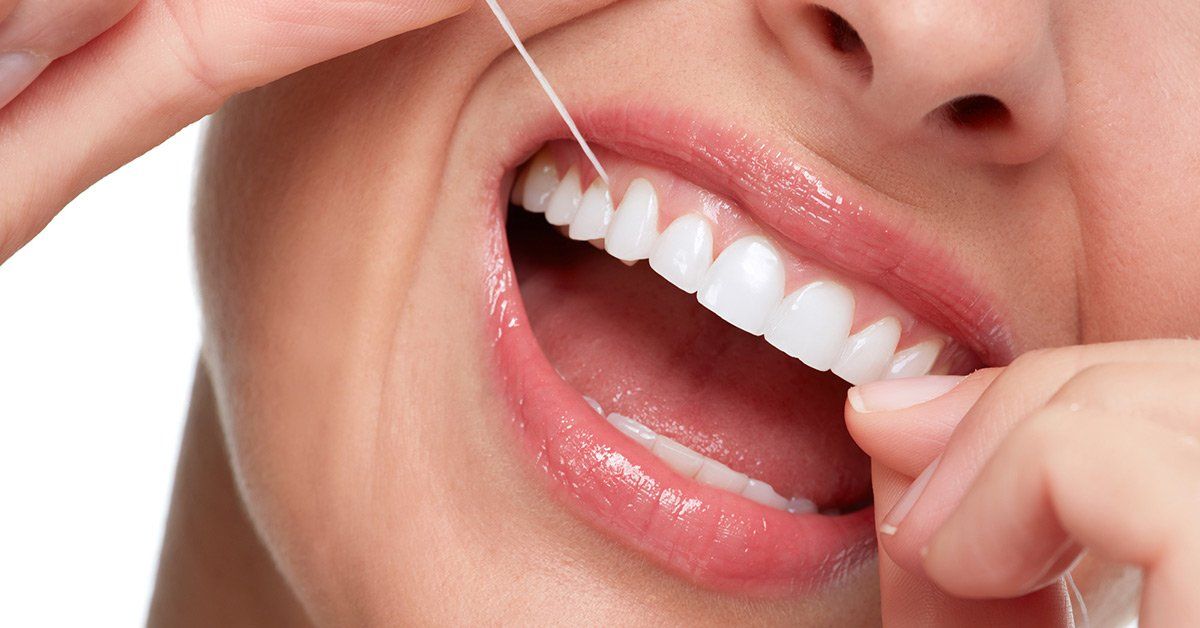A Step-by-Step Guide on How to Properly Floss Your Teeth
Flossing is essential for your total oral health. Ensure you are doing it correctly with this step-by-step guide on how to properly floss your teeth.
While it is common for people to brush their teeth every day, many people don't floss their teeth nearly as often. In fact, one survey found that
20% of Americans never floss. Additionally, only four out of every 10 Americans floss every single day.
Is it time for you to start practicing better oral hygiene but you aren't sure how to floss your teeth?
Let's take a look at how to properly floss your teeth, and what you need to know about this important oral hygiene habit.
How to Properly Floss Your Teeth
Once you learn how to floss your teeth, it will become second nature. Since this task is so important for your oral health, it's important that you learn the proper way to do it.
First, you want to break off roughly 18 inches of dental floss. The proper way to hold dental floss is by winding most of the floss around each of the middle fingers on your hands. In between your fingers, you will leave roughly 1 to 2 inches of floss.
The next step is to hold the floss taut with both your index fingers and your thumbs.
Now it is time for you to place the dental floss in between two of your teeth. You will then gently slide the floss up and down while rubbing the floss against the sides of each tooth. At this time, you won't want to slide the floss into your gums, as this can be harmful to your gums.
Once the floss is in your gums, you'll want to form a C shape with the floss at the base of the tooth. This is how you can floss in between your teeth and your gums.
Finally, you will repeat all of the steps in between each of your teeth. You'll want to use a fresh and clean section of your floss for each set of teeth you are flossing.
The Importance of Flossing Your Teeth: Why Floss?
While brushing your teeth is important, that isn't the only thing you need to be doing for your oral hygiene. Basically, your toothbrush isn't able to reach in between your teeth where plaque can build up. When you floss, however, you are able to get in between your teeth to clean the plaque away.
The reason that you need to get rid of plaque is that it is essentially a sticky film that contains bacteria. When there are particles of food or sugar left in your mouth after eating, the bacteria will feed on this and release acid in your mouth. The acid causes cavities by eating away at the hard outer shell of your teeth known as the enamel.
When you don't clean away the plaque on your teeth, it will eventually harden into something called tartar. The substance can lead to both gum disease and gingivitis.How Often Should You Floss Your Teeth?
Everyone knows that they are supposed to brush their teeth twice a day. But how often are you supposed to be flossing your teeth?
The recommended frequency of flossing your teeth by the American Dental Association is once a day. This simple daily task can make a world of difference in your overall oral health.When Is the Best Time to Floss?
It is more important that you floss every day than it is to floss at a certain time of day. It is recommended by the American Dental Association that the best time to floss is a time that works best for you and your schedule. Whether that means incorporating it into your morning or evening routine is up to you.
Should You Brush Your Teeth Before or After You Floss?
The order in which you brush your teeth and floss is less important than doing a thorough job cleaning achieved in practicing with oral hygiene habits each day. Although There is one study done in 2018 that suggests it’s better to floss first. However, the position held by the American Dental Association is that it is acceptable to brush and floss in whichever order works best for you.
What Are the Benefits of Flossing Your Teeth?
Flossing is a great way to practice preventative oral care. When you floss correctly, you can remove bacteria and debris from spots that your toothbrush can't reach. This can ensure that plaque isn't building up in between your teeth and damaging them.
Flossing is also a great way to avoid suffering from bad breath. This is because any food that is trapped in between your teeth might contain bacteria that can lead to an unpleasant odor.
You can also help to prevent gum disease by flossing. Gum disease is an unpleasant condition where the gums are infected and inflamed. If the plaque between your teeth is eroding your soft gum tissue, you can fall prey to periodontal disease.
Periodontal disease can result in root canal issues and extreme decay. By removing the bacteria at the base of the teeth, which is where the gums are most vulnerable, you can deter plaque buildup through flossing.
Is It Time You Made a Visit to the Dentist?
It is typically recommended that people visit the dentist once every six months. Many people may not realize just how important their oral health is and that the health of their teeth, gums, and mouth can have an impact on their overall health. This is why it is so important to not fall behind on dental checkups and why it is important to learn how to properly floss your teeth.
Is it time for you to make your next dental appointment? You can request an appointment today here!



